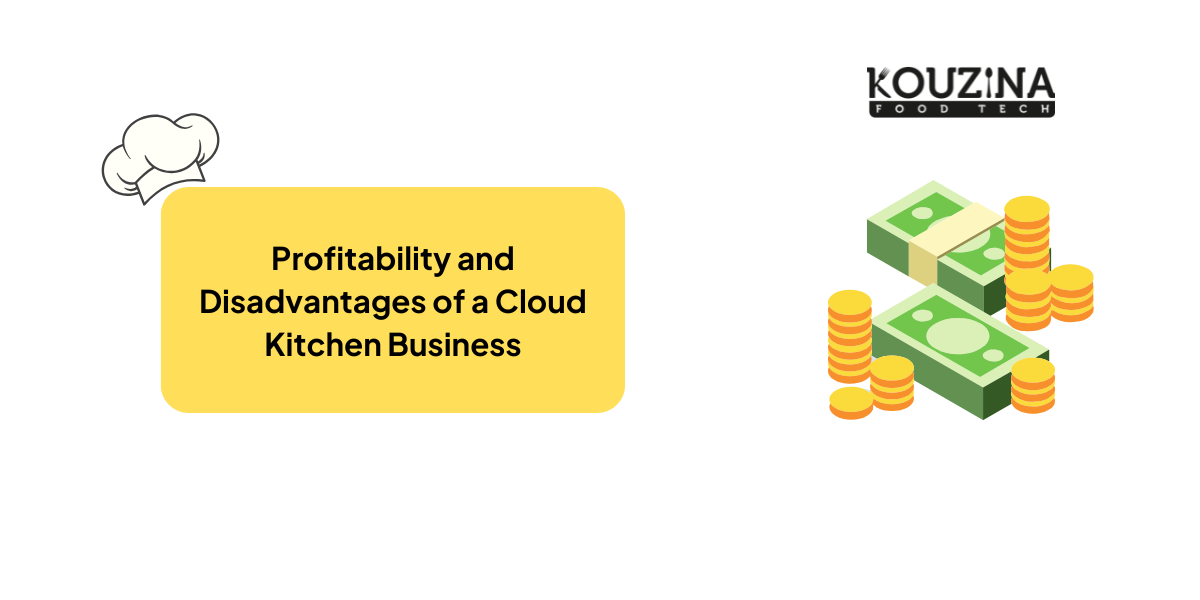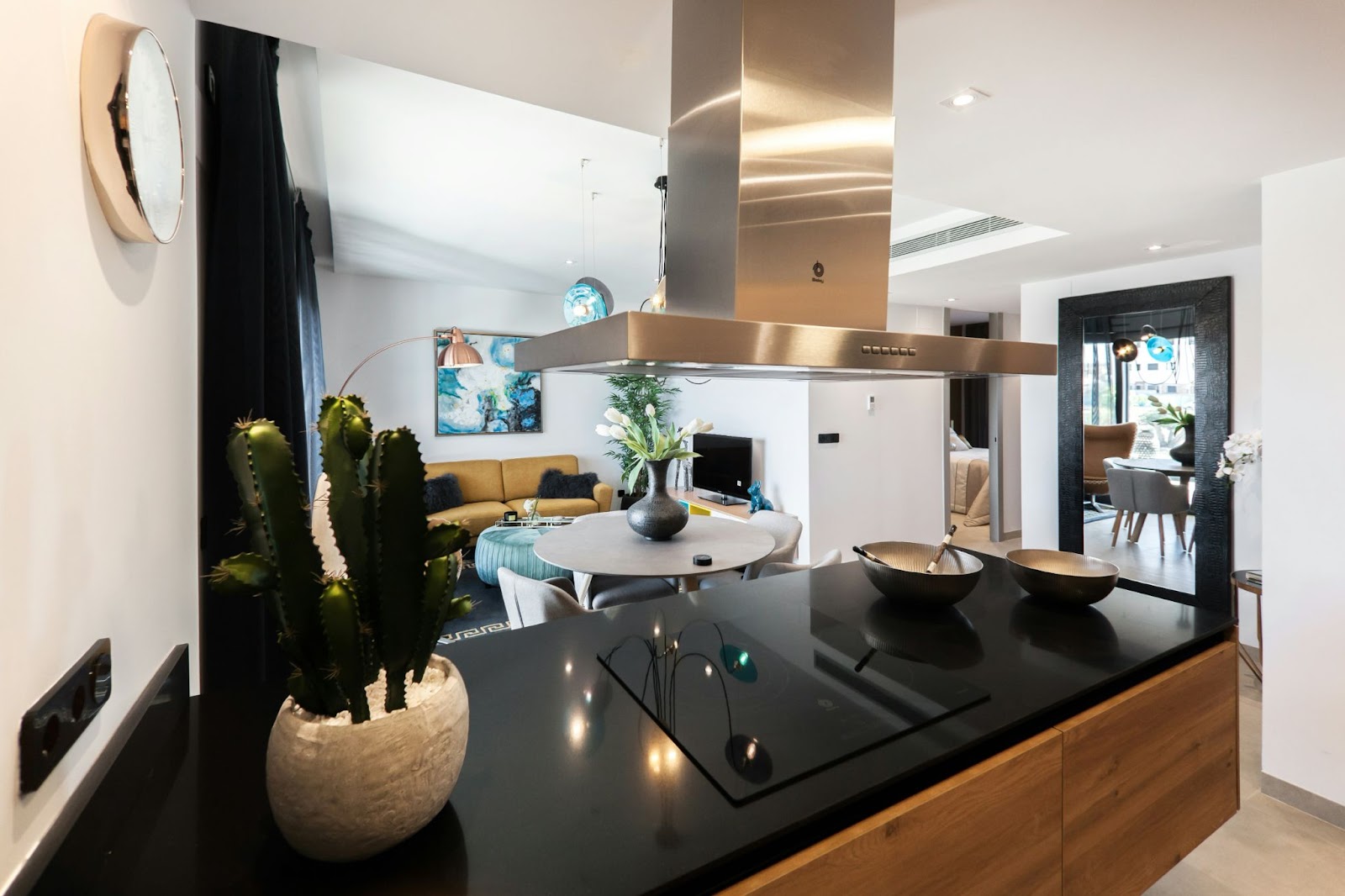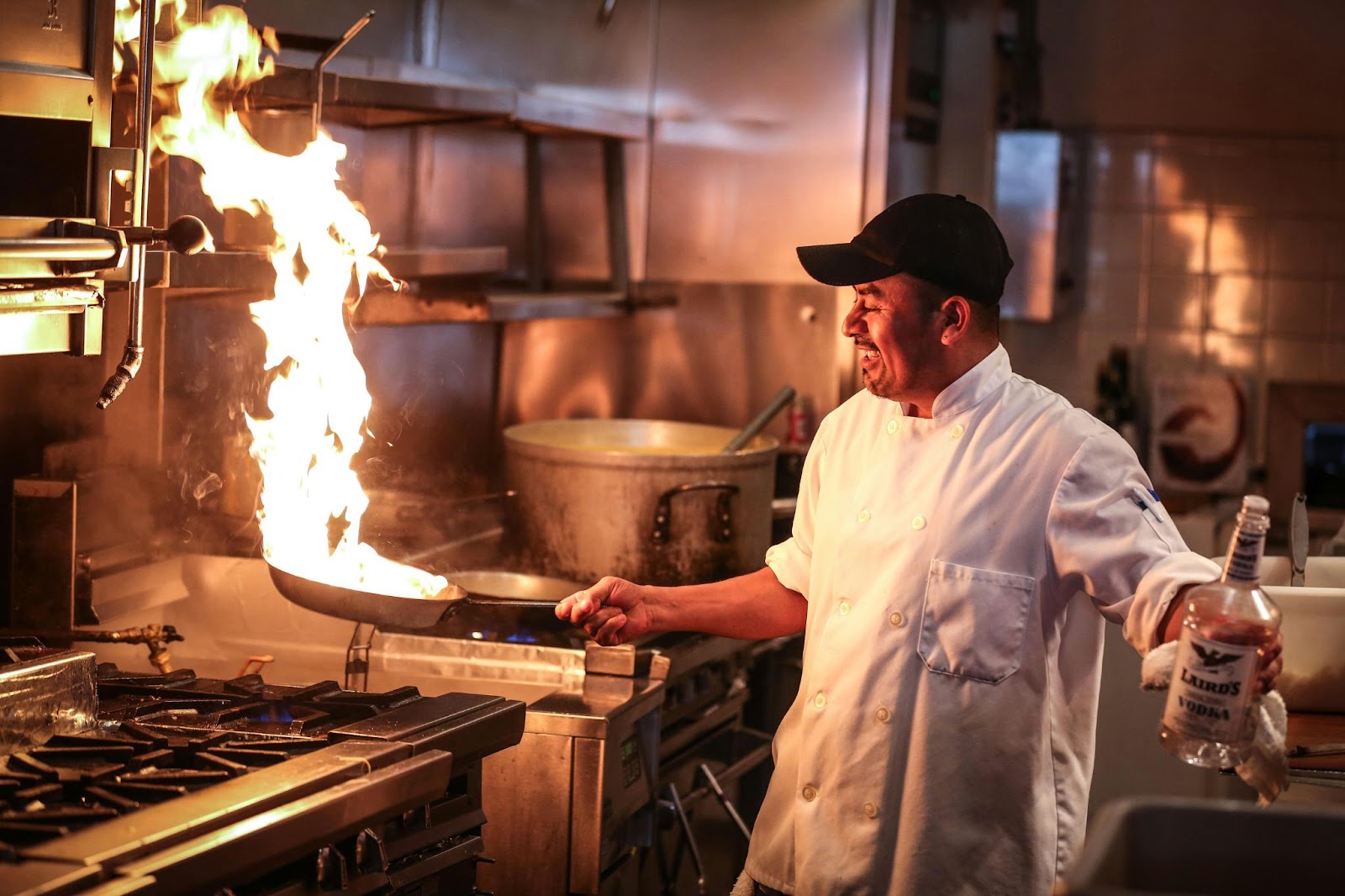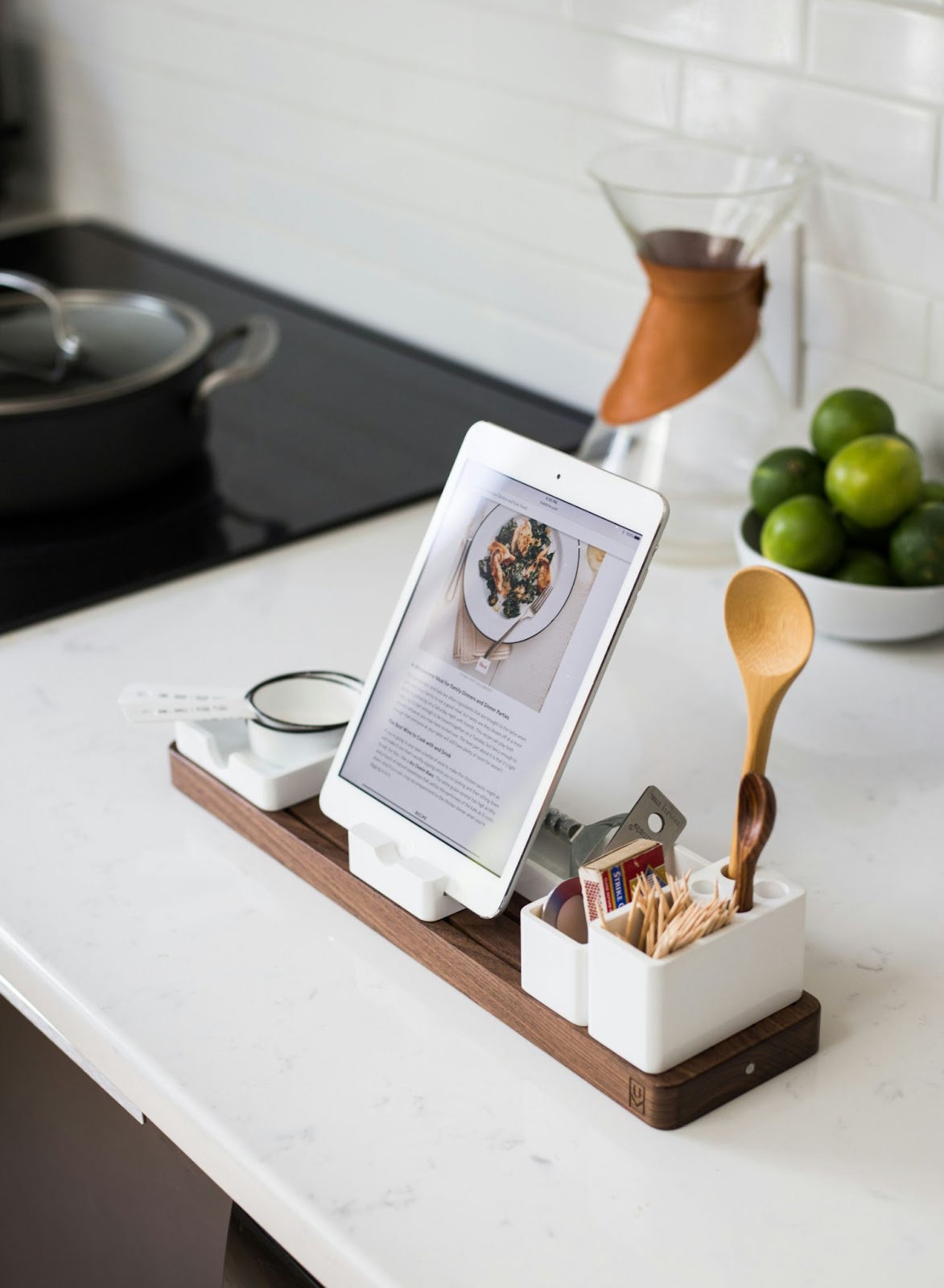
The rise of cloud kitchens has been nothing short of meteoric, especially in the wake of the COVID-19 pandemic. These virtual restaurants, devoid of traditional dine-in spaces, have emerged as a disruptive force, reshaping the culinary landscape.
In the post-COVID-19 era, their significance has only grown, as consumers increasingly opt for delivery and takeout options over traditional dining experiences.

Running a cloud kitchen presents a dual narrative, characterized by both profitability and potential disadvantages.
On one hand, the streamlined nature of cloud kitchens offers unparalleled cost savings and operational efficiencies, making them an attractive option for aspiring restaurateurs and established brands alike.
On the other hand, there are a few drawbacks too, ranging from intense competition and reliance on third-party delivery platforms to limited brand visibility and customer engagement.
In this blog, we will delve deeper into the profitability of cloud kitchens while also exploring the potential disadvantages that operators must navigate in this rapidly evolving landscape.
Cloud kitchens, also known as dark kitchens, ghost kitchens, or virtual kitchens, are centralized food production facilities that operate exclusively for delivery and takeout orders, without a physical dining space for customers.
In these facilities, multiple restaurant brands or concepts may share the same kitchen space, each with its own dedicated cooking stations and staff.
When comparing cloud kitchens with traditional restaurants, several key differences emerge. Traditional restaurants typically have brick-and-mortar locations with dine-in seating, requiring significant upfront investment in rent, furnishings, and decor.
In contrast, cloud kitchens eliminate the need for expensive real estate and front-of-house staff, focusing solely on food production and delivery. Additionally, traditional restaurants may face limitations in terms of geographic reach and customer base, whereas cloud kitchens can serve a wider area through delivery services and online ordering platforms.
The benefits of a cloud kitchen setup for entrepreneurs are numerous.

Cloud kitchens offer a tempting proposition for restaurateurs – lower overhead costs and a laser focus on delivery, a booming food industry segment. But just like any recipe, success hinges on the right ingredients.
Order Volume: This is the heart of the matter. Cloud kitchens are volume-driven businesses. The more orders you fulfill, the higher your revenue. Strategies to increase order volume include:
Keeping a watchful eye on expenses is crucial for cloud kitchen profitability. This is because the delivery app commission fees can take a significant bite out of your revenue. Therefore, try to negotiate lower fees with delivery partners whenever possible. Offering minimum order incentives to encourage direct ordering through your own platform can also help you bypass these commissions.
Labor costs turn out to be another key factor when determining if your cloud kitchen can be a profitable venture. You can tackle these costs by staffing efficiently and scheduling based on peak order times. Another solution could be to outsource non-core functions like deliveries to third-party services such as Zomato and Swiggy in India.

Average profit margins for cloud kitchens can vary depending on various factors such as menu pricing, operating expenses, and sales volume. While profit margins can range anywhere from 10% to 30%, cloud kitchens typically have higher scalability potential compared to traditional restaurants due to their lower overhead costs and ability to serve a broader customer base through delivery services.
The impact of order quantity on monthly income in cloud kitchens is significant, as higher order volumes lead to increased revenue and profitability. Cloud kitchens can scale their operations to accommodate fluctuating demand and maximize monthly income by efficiently managing resources and staffing levels.

The flexibility of the cloud kitchen business model allows operators to reduce significant expenses by optimizing kitchen layouts, negotiating favorable lease terms, outsourcing delivery logistics, and leveraging technology for efficient operations.
Cloud kitchens have the potential to break even within six months or even sooner, depending on factors such as initial investment, operating efficiency, market demand, and profitability. Compared to traditional restaurants, which may take years to recoup their initial investment and achieve profitability, cloud kitchens offer a faster path to financial sustainability due to their lower startup costs and higher scalability potential.
Also read: A Guide to Food Court Franchising in India
Cloud kitchens offer a potentially cost-effective entry point into the food service industry, but understanding the financial landscape is crucial. Here's a breakdown of the key cost considerations:
Most estimates suggest a starting range of Rs. 5 Lakh to Rs 9 Lakh for a basic cloud kitchen setup in India. However, it is important to remember that this range can vary depending on various factors such as the city, the specific location of the kitchen space, and the menu's complexity.
Kitchens in larger cities or more expensive locations may have higher rent and operational costs. Additionally, kitchens that offer a wider variety of menu items or require specialized equipment will likely have a higher initial investment.
While startup costs might seem lower for cloud kitchens, true profitability hinges on ongoing operational expenses. To get the most out of your investment, focus on high-impact areas for cost optimization.
Explore cost-effective technology solutions and target your marketing efforts to reach the right customers. By tightening these nuts and bolts, you can significantly improve your cloud kitchen's bottom line.
Cloud kitchens offer a tempting path into the food service industry, but it's not without its challenges.
Delivery Management Complexity: Coordinating with multiple delivery platforms and ensuring smooth order fulfillment can be logistically demanding. This requires efficient systems for order tracking, communication with drivers, and maintaining food quality during transport.
Packaging and Presentation: Packaging needs to be high-quality and attractive while remaining cost-effective. Food presentation suffers to some extent without the plating finesse of a traditional restaurant setting.

Operational efficiency is paramount when it comes to building a profitable cloud kitchen business. You can implement a user-friendly online ordering system and integrate kitchen display systems to streamline order processing and communication within your kitchen. A delivery management software can also be used to optimize logistics and ensure timely deliveries.
Choose delivery partners with a strong reputation for efficiency and customer service. Partnering with multiple platforms can expand your reach, but ensure you can manage the additional logistics effectively. Another tip would be to invest in high-quality, sustainable packaging that protects food integrity and reflects your brand identity. Optimize packaging sizes to minimize waste and associated costs.
Automated Order Processing: Implement automated systems that streamline order processing, reducing errors and ensuring faster fulfillment times.
Smart Inventory Management: Utilize inventory management software to track stock levels, predict demand, and minimize food waste. This can help optimize ordering and reduce procurement costs.
Also read: Popular Cloud Kitchen Business Models and Examples
Cloud kitchens offer a compelling option for restaurateurs, with lower overhead costs and a focus on the booming delivery market. However, navigating challenges like customer experience and delivery dependence is crucial for profitability. Strategic planning that leverages technology for marketing, operations, and automation can significantly enhance your cloud kitchen's efficiency and customer engagement. As the food industry continues to evolve, cloud kitchens that embrace innovation and adapt to changing customer preferences are well-positioned to thrive in the years to come.
Are you passionate about food and excited by the booming online delivery market? Kouzina offers a unique franchise opportunity to be part of a rapidly growing cloud kitchen business.
Low Investment, High Returns: Enjoy the benefits of a cloud kitchen model with minimal investment and the potential for high returns.
Proven Success: Leverage Kouzina's established brand, expertise, and operational knowledge to hit the ground running.
Multiple Culinary Brands: Cater to diverse customer preferences with a portfolio of successful food brands under one roof.
National Network & Support: Benefit from Kouzina's strong national presence and comprehensive support system, including training, marketing, and technology integration.